I'm throwing this out there in hope that someone will have attempted something this ridiculous before. My goal is to take in an input image, and segment it based upon the standard deviation of a small window around each pixel. Bascially, this should mathematically resemble a gauss or box filter, in that it will be applied to a compile time (or even run-time) user specified window size around each pixel, and the destination array will contain the SD information at each pixel, in an image the same size as the original.
The idea is to do this on an image in HSV space, so that I can easily find regions of homogeneous color (i.e. those with small local SDs in the Hue and Sat planes) and extract them from the image for more in-depth processing.
So the question is, has anyone ever built a custom filter like this before? I don't know how to do the SD in a simple box type filter kernel like the ones used for gauss and blur, so I'm guessing I'll have to use the FilterEngine construct. Also, I forgot to mention I'm doing this in C++.
Your advice and musings are much appreciated.



